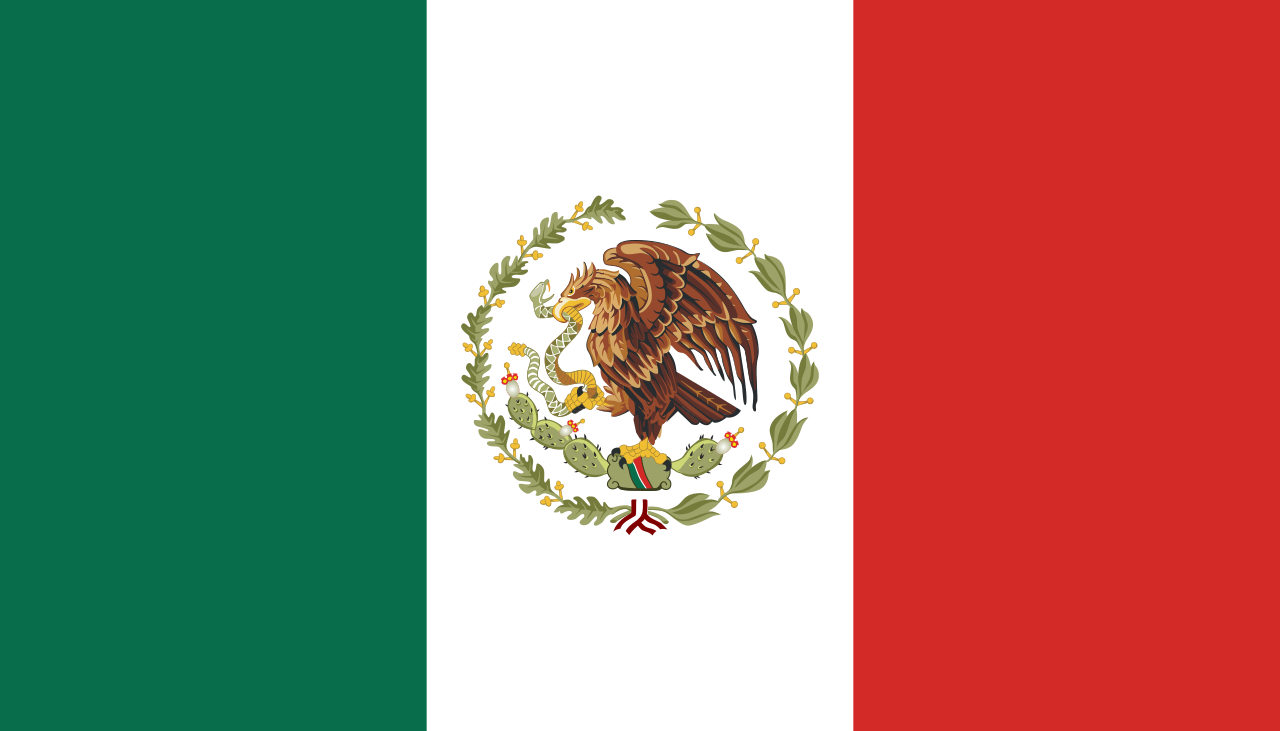ACADEMIC
project on environment, population & security
RESEARCH RESULTS
The Project produced two types of publications: thematic reports and case studies. Together, these papers make up an integrated package of materials. Thematic reports provide readers with an overarching understanding of general issues relating to environment, population, and security. Case studies examine in considerable detail these linkages in specific countries of interest to policymakers. These two types of reports complement each other: the thematic reports provide theoretical insights that can be explored in the case studies; the case studies provide illustrations of crucial theoretical points raised in the thematic reports. Each thematic report and case study was reviewed by several leading authorities before dissemination.
Thematic Reports
Data Survey. This report surveys the availability of data on the physical, social, economic and political variables of concern to the Project. The report is available upon request from the Peace and Conflict Studies Program at the University of Toronto.
Methodology Survey. A report on methodology addresses two issues that often arise in discussion and research on the links between environmental/demographic stress and violent conflict. The first concerns how we can best describe the causal role of environmental and demographic factors as contributors to conflict. Are these factors best interpreted as triggers that release accumulated non-environmental social pressures; aggravators of already existing conflicts; or underlying stressors that are causally distant yet powerful? The second issue concerns how we test our hypotheses about links between environment/demographic stress and violent conflict. What constitutes a useful test? What are the relative merits of quantitative and case-study analysis? Under what circumstances do we reject or modify our hypotheses?
Urban Growth and Violence. One of the most striking changes occurring in the developing world is rapid urban growth. This report on urban growth and violence examines whether causal links exist between rural-urban migration, rising urban populations and civil violence. It identifies the specific political and social circumstances that might link these variables. This report reviews past research showing that the common assumptions about the link between urban growth and violence have little empirical support. It also argues, however, that past experience may not be the best guide to the future.
Social Adaptation. Of course, population growth and environmental stresses do not necessarily lead to conflict. Most societies are able to adapt in various technological and institutional ways to these stresses. It is only when adaptation mechanisms fail that population growth and environmental problems produce social turmoil. This report therefore identifies key factors that influence the capacity of societies to adapt, especially the democratic character of social institutions, the capacity of the state, and the ability of the society to generate useful knowledge.
Environment and Security Briefing Book. This book contains short descriptions of important variables and concepts; a statement of main arguments for and against the proposition that population and environmental factors can contribute to conflict; key statistics on demographic and environmental change; short summaries of relevant cases; and a survey of currently relevant research around the world. The report is available upon request from the Peace and Conflict Studies Program at the University of Toronto.
Chiapas, Mexico. The rebellion of Zapatista insurgents in Chiapas, Mexico is a result, in part, of a classical process of ecological marginalization. Indigenous peasants were pushed into ecologically vulnerable highland and tropical forest areas; high population growth and land degradation in these areas in turn exacerbated the poverty that catalysed the insurgency. The Chiapas rebellion has had a monumental effect on Mexican economic stability. It has disrupted international investment and strained NAFTA. It is an example of the potentially large-scale social and economic impacts of population and ecological problems.
Gaza. The achievement of limited autonomy for Palestinians in Gaza and Jericho in 1993 engendered hope for peace in the Middle East, yet violence persists. In Gaza, water scarcity has clearly aggravated socio-economic conditions. These conditions, in turn, have contributed to the grievances behind ongoing violence against Israel and emerging tensions among Palestinians in Gaza.

Pakistan. With one of the highest population growth rates in Asia, widespread land degradation and water scarcity, stalled economic reform, and weak governmental authority in both the cities and countryside, Pakistan’s political stability is threatened. A radicalization of the Pakistani regime would have implications for stability throughout South Asia, especially in the context of the unending crisis in Kashmir, the nuclear dimension of Indo-Pakistani relations, and continued turmoil in Afghanistan and Central Asia.
Rwanda The recent catastrophe in Rwanda is of great concern to policymakers, and many analysts have suggested that demographic and ecological factors powerfully contributed to the violence. A report on Rwanda therefore examines whether rapid population growth and cropland scarcities helped cause the civil conflict. Although the report concludes that the country’s demographic and scarcity stresses were extreme, these pressures are best seen as factors aggravating, not directly causing, the country’s widespread ethnocide.
South Africa Although astonishing political changes have taken place recently in South Africa, many people do not realise that the country remains burdened by extreme land degradation in the former homelands. This resource scarcity and rapid population growth are driving large migrations of homeland residents into urban areas. Urban squatter settlements and townships are still experiencing high levels of ethnic violence exacerbated by this migration. South Africa’s move to democratic stability is therefore threatened by environmental and demographic pressures.
Access to Research Results
Publications on the Web and in Print
A complete list of all of the Trudeau Centre for Peace and Conflict Studies’s online papers can be found at our Publications on the Web page.
Papers that are not available online can be ordered directly from the Peace and Conflict Studies Program at the University of Toronto. Ordering information can be found at our Publications in Print page.
Environmental Security Database
In addition to the above research papers, a comprehensive computerized database has been set up that includes quantitative data and abstracts of published and grey literature on demographic change, environmental scarcity, population movements, economic deprivation, and violence. The database is searchable through the Environmental Security Database Website
Briefings
As a part of the Project, a series of briefings for policymakers was scheduled in Washington, D.C. by the American Association for the Advancement of Science. These allowed for a detailed and focused assessment of the policy relevant aspects of the relationship between population growth, renewable resource scarcity, and violent conflict. Audiences included officials from numerous executive branch agencies, the Congress, international organisations, nongovernmental organizations and the media. Additional briefings were held in Ottawa for a range of senior civil servants, policymakers and media representatives.




